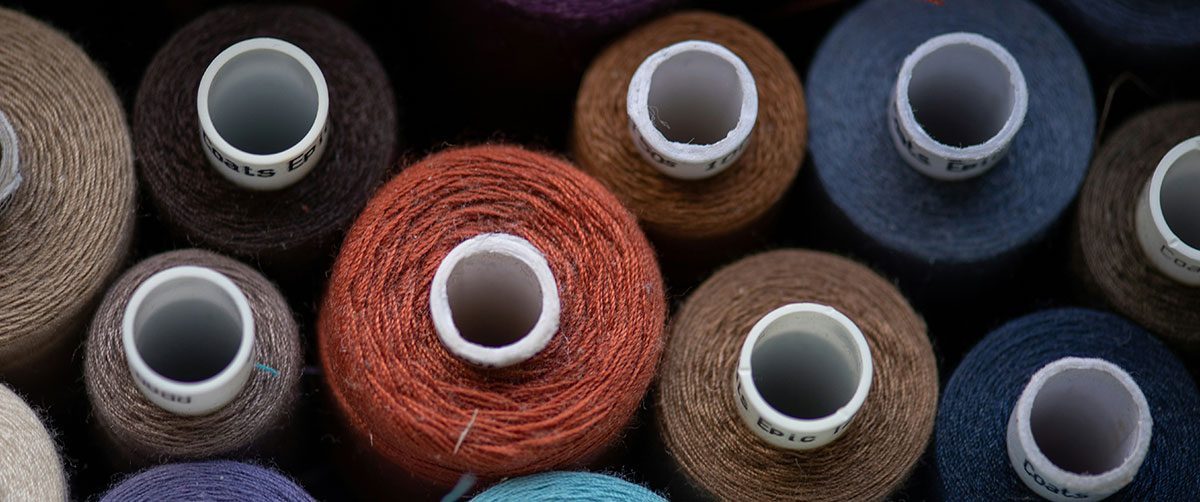
Sustainability is more than a buzzword these days; it’s a lifestyle. What better place to start than with your wardrobe? Making your closet more eco-friendly might seem tricky at first, but it’s easier and more fun than you think. You can make a significant impact by focusing on a few essential habits, such as choosing quality pieces, supporting ethical brands, thrifting, getting creative with upcycling and caring for your clothes correctly.
Ready to build a wardrobe that’s both stylish and sustainable? Let’s dive in!
- Quality over quantity
One of the most impactful steps toward sustainability is choosing quality over quantity. Fast fashion might tempt you with trendy, budget-friendly finds, but those pieces are usually short-lived. Instead, consider investing in high-quality items that stand the test of time. Look for well-made, versatile staples crafted from durable, eco-friendly fabrics like organic cotton or wool. Inspect the inside seams and the hem of items, as the stitch length and thread quality also play a major factor in the overall quality. Sure, they might cost a bit more upfront, but they’re worth it. They’ll last longer, stay stylish, and help break the cycle of endless consumption.
- Ethical shopping
Supporting brands that do good is a game changer. The fashion industry has had its share of issues, from unfair labour practices to environmental damage. But the good news is more and more companies are stepping up, embracing transparency, and making sustainability a priority. When you shop, do a little digging to find brands that align with your values — those that use eco-friendly materials, pay fair wages, and keep their workers safe. Look for certifications like Fair Trade or GOTS (Global Organic Textile Standard) to spot brands “walking the walk.”
- Shop pre-loved fashion
Secondhand shopping is a great way to shrink your fashion footprint. It’s like a treasure hunt with a purpose —thrift stores, vintage shops, and online resale platforms are packed with unique, pre-loved gems just waiting for a new home (instead of a landfill). You’d be amazed at the gorgeous, high-quality finds you can score while browsing your local thrift store. From one-of-a-kind pieces to timeless classics, there’s so much style waiting to be discovered.
- Upcycling and repurposing your wardrobe
Don’t stop at shopping, get creative with upcycling and repurposing your wardrobe. Upcycling is all about giving old or worn-out clothes a fresh, fashionable twist. Think of turning a pair of old jeans into a chic tote bag or revamping a tired shirt into a trendy crop top. Want to take it even further? Repurposing is where you get imaginative, finding brand-new uses for items that might’ve been tossed out, like transforming fabric scraps into cute accessories or home decor. Upcycling and repurposing not only keep clothes out of landfills but also let your creativity shine with one-of-a-kind, personalized pieces. And if you need help with sewing, find a local seamster who can bring your ideas to life.
- “Underconsumption core”: buy less, rewear more
Taking good care of your clothes is a simple way to make your wardrobe more sustainable and keep your favourite pieces looking great for longer. Start following washing instructions: use cold water and gentle detergents, and let your clothes air dry whenever possible. Overwashing wears out fabrics fast, so try spot-cleaning, spritzing odour-prone areas with a 50/50 vodka-and-water solution, or just airing out items between wears. Don’t discard items over minor issues. Simple repairs like sewing on a loose button or patching a small tear can keep your clothes in circulation longer, reducing the need for replacements and promoting underconsumption.
Final thoughts: one step at a time
Creating a sustainable wardrobe isn’t about going all in or making drastic changes; it’s about taking small, meaningful steps that add up. You can make a real difference by focusing on quality over quantity, supporting ethical brands, shopping second hand, getting creative with upcycling and caring for your clothes the right way. These simple, mindful changes contribute to a more sustainable future, all while keeping your style. Every step you take toward a greener wardrobe reduces the fashion industry’s impact and turns your closet into a true reflection of your values.
Narishdath Maraj is the founder of Narishdath Maraj Design Inc. in Toronto, focusing on sustainable fashion and visual arts. Maraj, Fashion Communication ’22, has also spearheaded initiatives at Toronto Metropolitan University, where he led the Branded Materials Transition Project. He is currently the creative director at M Polo Designs, working on multiple sustainability projects across Toronto.
Photo of spools of thread by Bozhin Karaivanov



Great read. I really appreciated this article. It’s been on my mind the past few weeks to revamp my closet and I a few of these suggestions were on my list. Thank you for the inspiration and the push to get up and get started.
Cartiste
Loved that upcycling tip. Helpful reminder to get on that mending train!